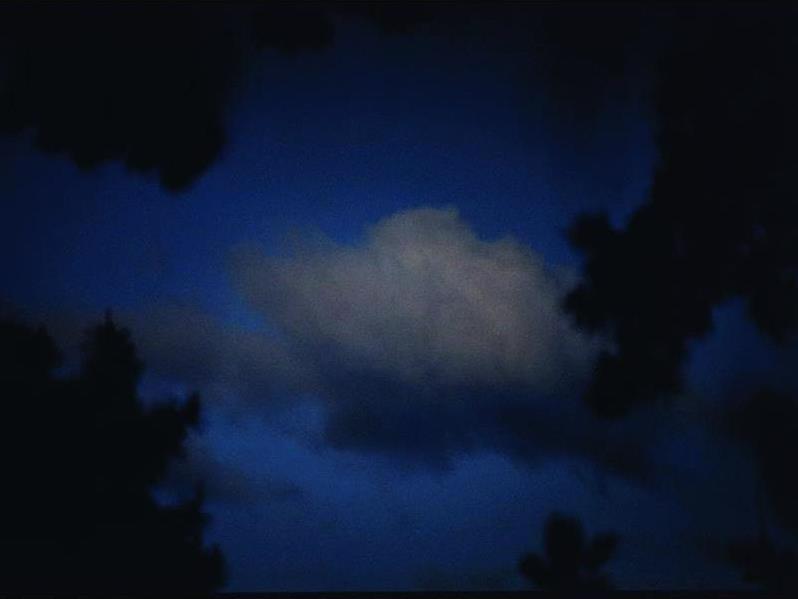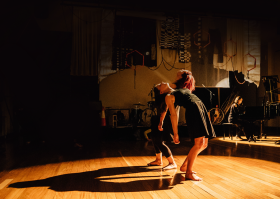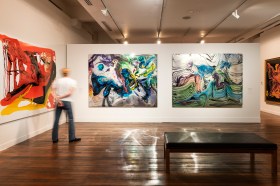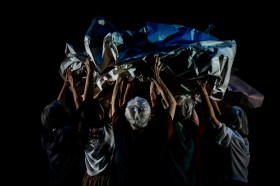Adelaide has two brands: the staid conservatism of the ‘City of Churches’ and the vitality of ‘Festival City’. Despite its small population and the competition of bigger fish coming from behind, the South Australian capital maintains a thriving arts scene. The Adelaide Fringe still sees off its eastern rivals and the Art Gallery of South Australia under Nick Mitzevich has established a creative contemporary hanging policy.
But this week Adelaide looks like an overgrown country town with a paranoid parish pump attitude to the arts.
Photographer Bill Henson has withdrawn from the 2014 Adelaide Biennial after a campaign against art work no one has seen.
The atmosphere of censorship is not of course confined to Adelaide. As ArtsHub revealed first a Paul Yore work was pulled from Sydney Contemporary, with Art Fairs Australia CEO and director of the Sydney fair, Barry Keldoulis saying the Fair had been advised it breached the Crimes Act.
But what has happened in Adelaide is particularly egregious for reasons that reach far beyond artistic sensibilities to issues of freedom of expression and natural justice.
Henson withdrew after an Adelaide police officer, one Brevet-Sergeant Michael Newbury wrote to the Premier Jay Weatherill expressing his concerns that Henson’s exhibit could include ‘graphic images of naked teenage children’ similar to those that prompted police action at exhibitions in New South Wales and Victoria.
Soon the media had entered the fray, with The Advertiser calling Mitzevich to ask about the detective’s letter and the content of the work. Hours later Henson withdrew, saying simply ‘I believe it is in the best interests of all if I withdraw from participation in the 2014 Adelaide Biennial.’
Henson’s resignation is not in the best interests of either a thriving arts environment or a just society.
For all anybody knows, the work Henson was engaged to exhibit could have been one of his gorgeous cloud landscapes like the one shown here now on display at the Art Gallery of NSW.
That perhaps would have been an unlikely fit with The Dark Heart, the theme of next year’s Biennale, but the specifics of Henson’s work had not been announced. The Henson name was enough to spark the storm. This is clearly a failure of natural justice.
And even if Henson were to exhibit one of his beautiful but controversial young nudes the art audience, and for that matter the police, surely need to see the work before anyone could decide whether it offends anybody let alone breaks the law. At least Paul Yore, recently charged with child pornography in another example of the Orwellian limits now being place on the arts, had that courtesy.
Clearly Henson’s work pushes buttons and, I have argued elsewhere that it does so for good reason, in its exploration of liminal nature of the adolescent body.
But the essential point that seems to have been forgotten by guardian-of-public-decency Newbury and his supporters is that Henson has never been convicted of any offence. In fact he was not even charged. A police investigation in response to 2008 found he was unlikely to be convicted of anything.
Henson’s models and their parents give their consent and express their appreciation of his work. His process is above reproach.
Newbury’s letter reportedly claimed that Henson was ‘unusually popular’ among a number of paedophiles he had dealt with as a police officer. That may be true but it is also true that there are plenty of genuinely pornographic images available online and according to the law of the land Henson’s work is not pornographic.
If Henson is to be held responsible for the misuse of his work by sick people we are living in a society that has abandoned any respect for artistic independence and allowed the lowest common denominator to dictate the freedoms of the rest of us.
With Patricia Piccini’s Skywhale set to fly above and Germaine Greer engaged to pen the feature essay, Adelaide Biennale had promised a visually engaging exploration of the dark side of contemporary life.
But little can be darker than the looming fear this disturbing incident leaves in the hearts of Australian artists.





